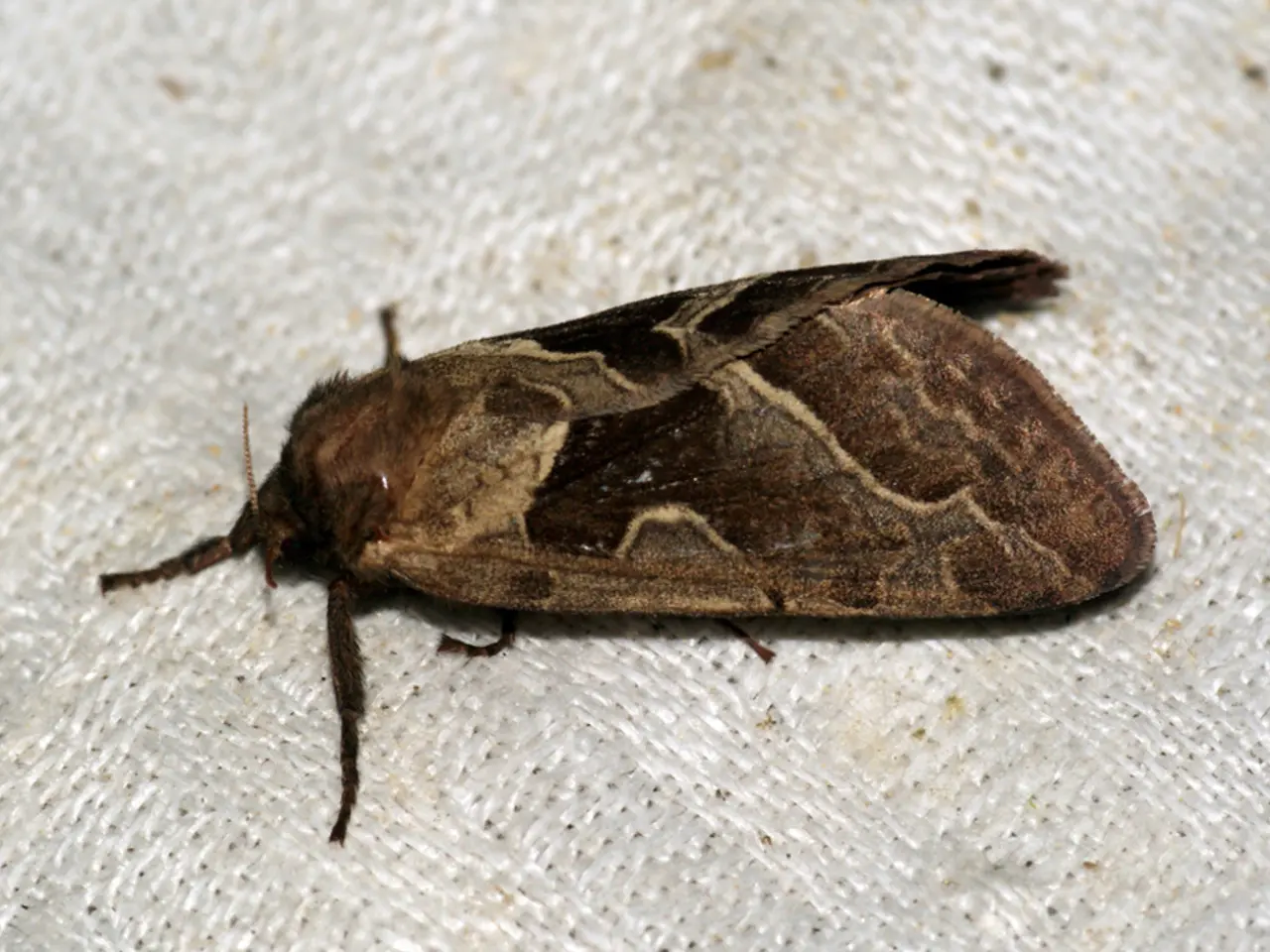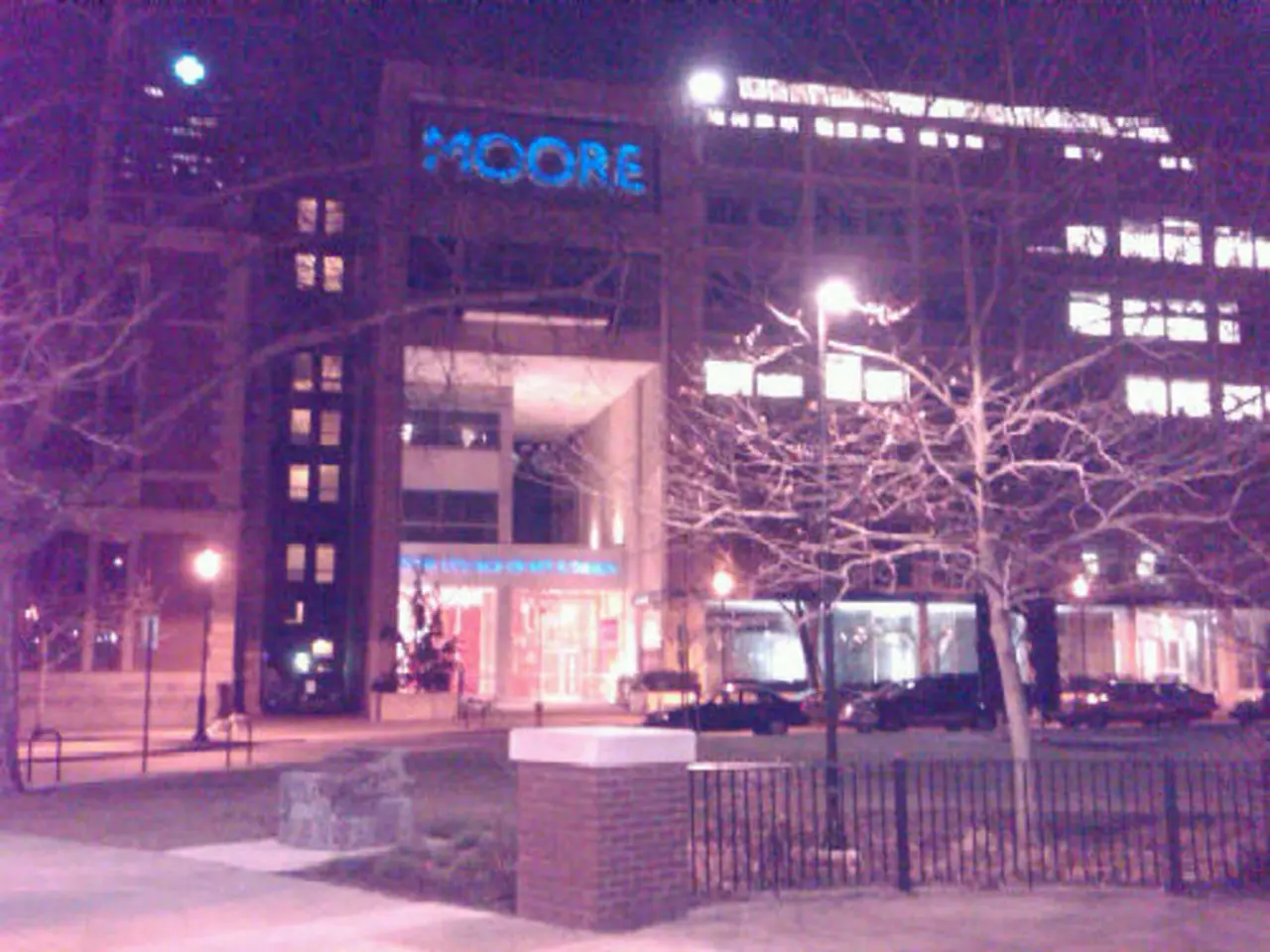Scalp Red Marks: Photos, Reasons, and Healing Methods
Head lice, scalp psoriasis, seborrheic dermatitis, folliculitis, and acne can all affect the scalp, causing discomfort and affecting one's appearance. This article aims to provide an overview of these conditions, their symptoms, and potential treatments.
Head Lice
Head lice are small, grey or brown insects that live on the scalp. Symptoms include small yellow or white eggs (nits) attached close to the base of the hair, brown or grey lice, louse droppings that look like dark specks on pillows or clothing, scratches on the scalp, sticky or weeping skin on the scalp, itchy pink bumps around the scalp edge and the back of the neck, and enlarged glands on the neck. If symptoms do not clear with over-the-counter medications or home treatments, it may be time to see a doctor, as infections can become serious.
Scalp Psoriasis
Scalp psoriasis affects over 60% of people with psoriasis. Symptoms include itching, bleeding, temporary hair loss, soreness or burning sensation, red patches on the scalp, fine silvery-white scales that resemble dandruff, and thick, crusty plaques that cover the entire scalp. Treatments for scalp psoriasis may include topical steroid creams and tars, phototherapy, anti-fungal cream and medicated shampoos, steroid injections, topical gels or creams, and oral medications.
Seborrheic Dermatitis
Seborrheic dermatitis is a type of eczema that can look similar to psoriasis. A person with this condition usually has a dry, red scalp, with thick, greasy, white, or yellow scales. People can manage seborrheic dermatitis at home by regularly moisturizing and washing the skin with gentle zinc cleansers.
Folliculitis
Folliculitis is a skin infection that affects hair follicles and can occur anywhere on the body except the palms of the hands and soles of the feet. Its symptoms resemble an acne breakout and may have a red ring around its spots. Common approaches for treating folliculitis include good scalp hygiene, topical or oral antibiotics if bacterial infection is present, and sometimes antiseptic washes.
Acne
Acne can develop on the face, neck, back, chest, and shoulders. The exact cause is not known and may be due to changes in hormone levels, certain medications, make-up, and hereditary factors. Standard treatments include topical benzoyl peroxide, salicylic acid, antibiotics, and good hygiene. For scalp acne, use of medicated shampoos and avoiding heavy hair products may help.
Other Conditions
Ringworm is a fungal infection that can occur anywhere on the body, and its appearance on the scalp may include intense itchiness, a scaly bald patch, widespread baldness with thick, crusty patches on the scalp, black dots on the bald patch, open sores that leak pus, a raised area of skin that is spongy and inflamed, and swollen lymph nodes.
Lichen planopilaris is a type of hair loss caused by a skin disease called lichen planus. Symptoms include redness of the hair follicle, scaling of the hair follicle, rough scalp texture, smooth and shiny skin where hair follicles have been destroyed.
Various treatments can help with several of the triggers for spots on the scalp, including acne, scalp psoriasis, seborrheic dermatitis, and bacterial and fungal infections of the scalp.
In all cases, it is essential to maintain good scalp hygiene, avoid sharing personal items like hats, hairbrushes, combs, or pillows, and consult a healthcare provider for proper diagnosis and treatment.
- Head lice inhabits the scalp, showing symptoms like nits, brown lice, louse droppings, scalp discomfort, pink bumps, and neck gland enlargement; a medical visit might be necessary if over-the-counter treatments are ineffective.
- Scalp psoriasis, a concern for 60% of psoriasis patients, causes itchiness, bleeding, temporary hair loss, red patches, white scales, and plaques; treatments can range from topical creams to oral medications.
- Seborrheic dermatitis, like psoriasis, looks similar but often appears dry, red, and scale-covered; it can be managed at home with zinc cleansers and regular skin moisturizing.
- Folliculitis, a skin infection affecting hair follicles, resembles an acne outbreak and can be treated with good hair care hygiene, antibiotics, or antiseptic washes.
- Acne can appear on various body parts and is often linked to hormone changes, makeup, and heredity; standard treatments include benzoyl peroxide, salicylic acid, antibiotics, good hygiene, and medicated shampoos for scalp acne.
- Ringworm, a fungal infection possible on the scalp, may exhibit itchiness, bald patches, open sores, raised skin areas, and swollen lymph nodes, requiring medical attention.
- Lichen planopilaris, a lichen plant-caused hair loss, is marked by redness, scalp scaling, smooth skin, and hair follicle destruction; various treatments may help.
- Maintaining good scalp hygiene, avoiding sharing personal items, and consulting a healthcare provider are essential for managing and treating scalp issues such as acne, psoriasis, dermatitis, folliculitis, and infections.




